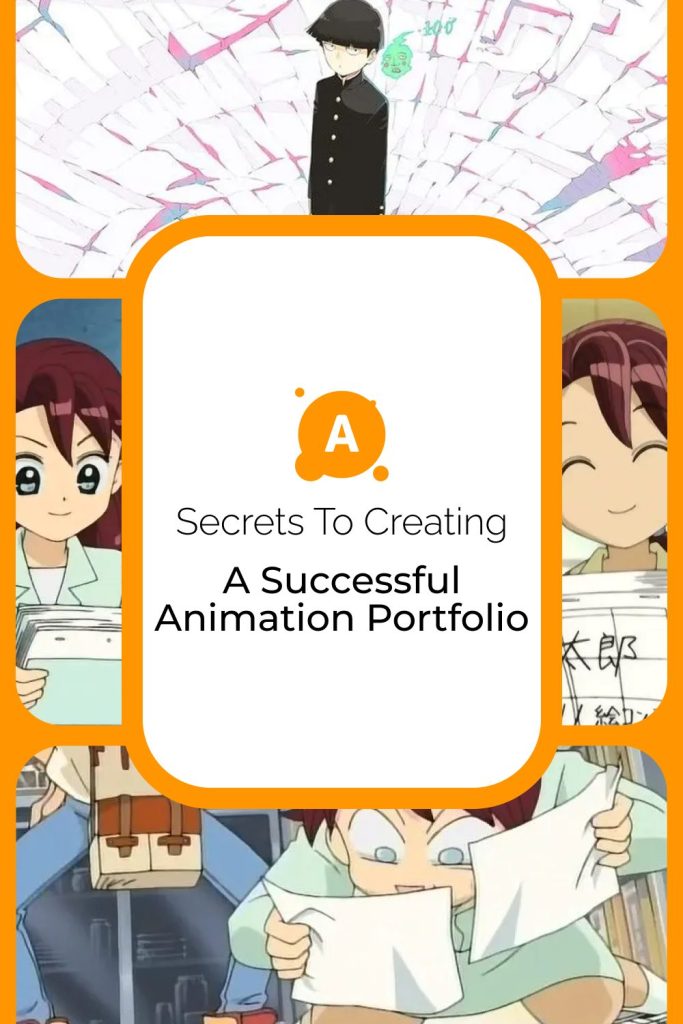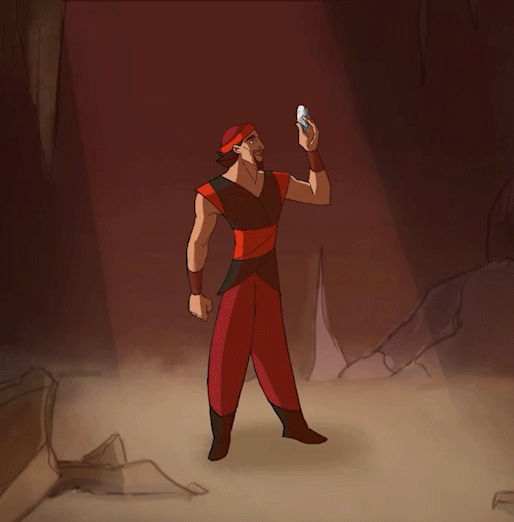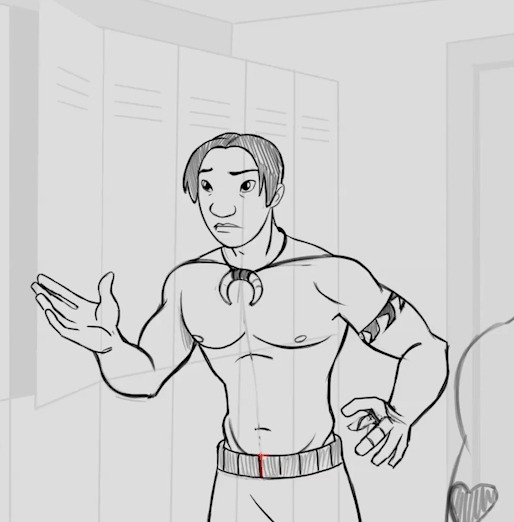What’s Behind Analyzing Others’ Animations
Many aspiring animators believe creating a successful animation portfolio is a collection of pretty shots or impressive scenes. But in the actual industry, studios look for something else – they want to see if you think like an animator by understanding why a character moves the way they do and feel the principles of motion in your work.
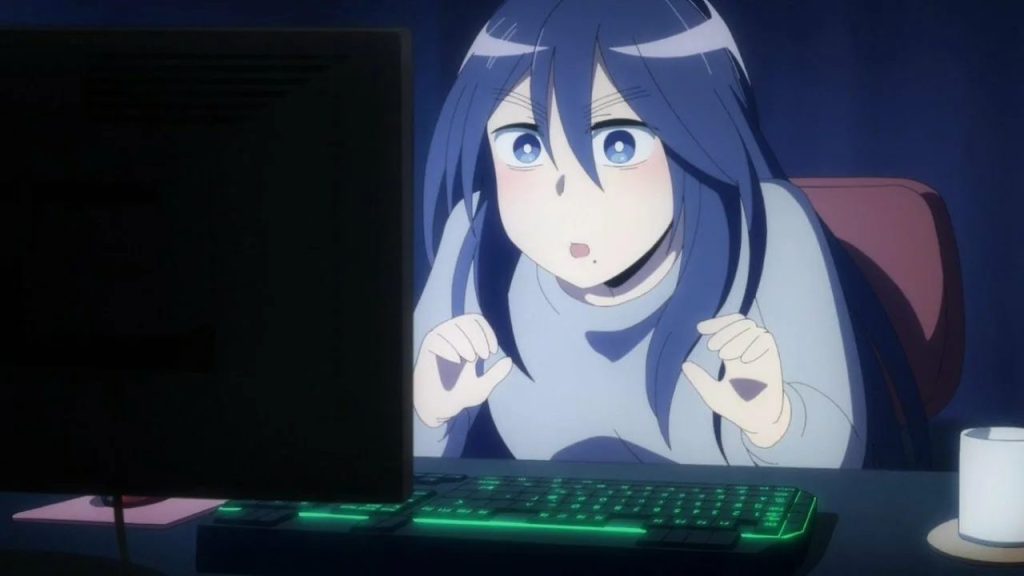
Recovery of an MMO Junkie
One of the most effective ways to develop this mindset is to analyze animation. And not just your own work—breaking down scenes created by others is just as important. It is good to look at both professional work and student or web-gen animation. By Analyzing others’ animated works, it helps you spot mistakes that are hard to catch in your shots. You will understand what truly works in a scene and what breaks the flow.
Why ‘Animation Analysis’ Changes How You Approach Building Your Portfolio
When you dive into a scene frame by frame, sketching key poses and tracking movement, you stop seeing it as a «pretty picture» and start understanding the structure. Animation becomes logical: you know where the weight sits, how energy flows, and why the character pauses at a specific moment.

Animation Runner Kuromi
This practice builds the professional eye every studio looks for. In your portfolio, it’s no longer about the number of flashy shots – it’s about the quality of decisions you make. Any recruiter will instantly see the difference between someone who can move a rig and someone who builds character acting and scene direction with intent.
Mistakes You’ll Only Catch Through Analysis
Every animator, especially at the beginning, struggles to spot certain issues in their own work. For example, sliding feet – one of the most common and scene-breaking mistakes. The character moves, but the contact with the ground is lost, destroying the illusion of weight. Or lifeless eyes – even with well-executed body movement, a blank stare robs the scene of all emotion.
Analysis teaches you to catch these mistakes early – right in the rough pass. You start noticing how a poorly chosen contact foot breaks the physics or how skipping a pause weakens the emotional impact. These are the details that separate a professional from a beginner – and exactly what studios look for in a portfolio.
What Makes a Truly Dynamic Shot – And What Studios Value in It
Dynamic shots are always the highlight of any reel. But it’s not just about speed or visual effects. True dynamism is built on the right transfer of weight, clear staging, and smart silhouette design.
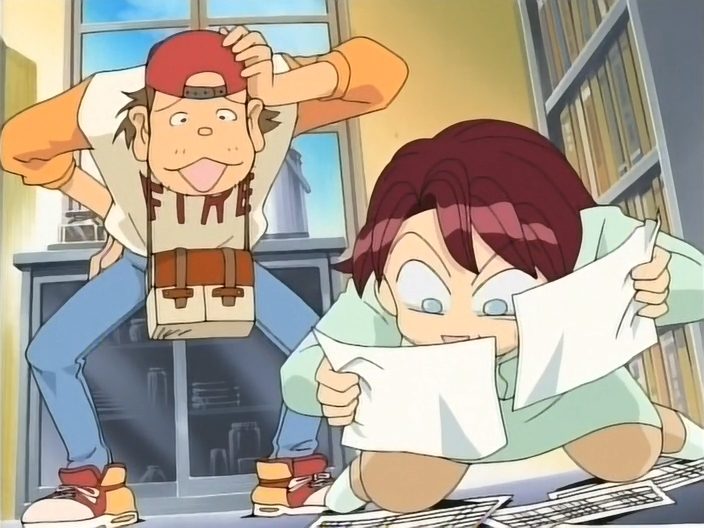
Animation Runner Kuromi
Your portfolio should prove you know how to control every element of movement – not just make it «look cool». How the body transmits energy, how the line of action shifts, why the camera slows down at a certain point – these are the things experienced recruiters pay attention to.
Learn How An Animation Analynsis is done by reading Hayao Miyazaki’s Unique Storytelling Style In Animation: Mysticism, Flight, and Coming of Age
What You Can Learn by Breaking Down Pro-Level Scenes
One of the fastest ways to grow is to study how the best animators work. Take Yutaka Nakamura’s scenes in Mob Psycho 100 – they’re already considered classics. His mastery of arcs and exaggeration is a perfect example of how even the most surreal scenes stay readable and emotionally engaging.

Mob Psycho 100
When you break down such a scene frame by frame, sketch key moments, and track motion arcs – you literally train yourself to feel the rhythm. Concepts like exaggeration, movement arcs, and timing stop being theory and become part of your practical skillset.
How to Integrate Animation Analysis into Your Practice
The easiest way to start is by watching scenes frame by frame. Pause at key moments, sketch the poses, draw action lines, and mark where the weight shifts. Pay attention to pauses, emotional changes, and subtle movements in the eyes and brows.
Soon, you’ll start spotting patterns and mistakes that used to fly under the radar. This skill transfers directly into your own animation – and with every new scene, your professional level will grow.
Why Animation Analysis Is the Key to a Strong Portfolio
Your job isn’t just to create a pretty shot. It’s to prove to studios that you can make intentional choices – that you understand mechanics, master timing, and know how to build emotional peaks in your scene.Animation analysis develops this skill faster than anything else. It teaches you to see the structure, feel the rhythm, and catch weak points early – before they ruin your shot or your portfolio.
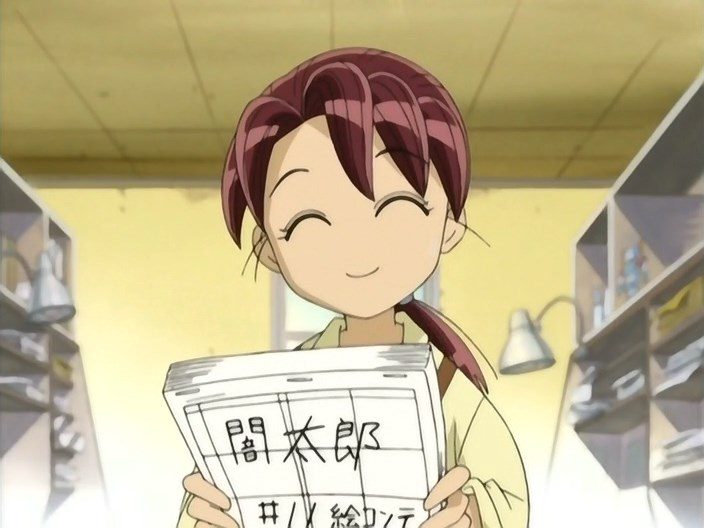
Animation Runner Kuromi
If you want your work to stand out, start with this simple habit – analyze every scene you watch. It’s the most powerful way to grow as an animator and create a sucessful animation portfolio that truly works.
Learn how to break down movement in your next animation project by watching this FREE workshop!
